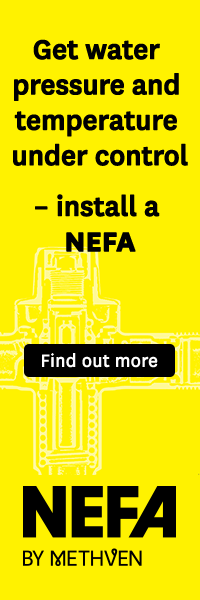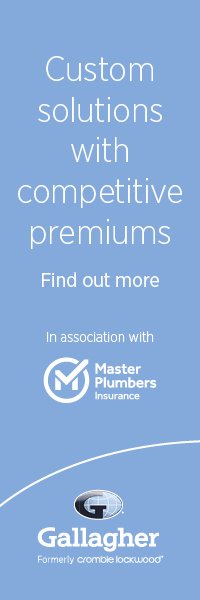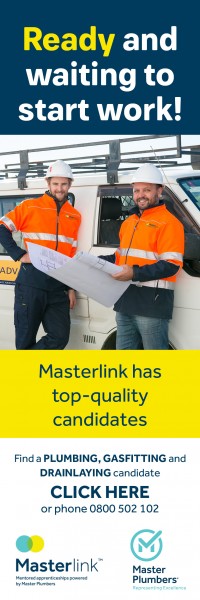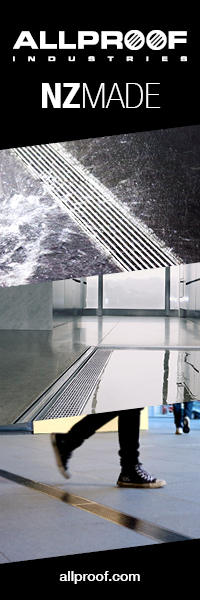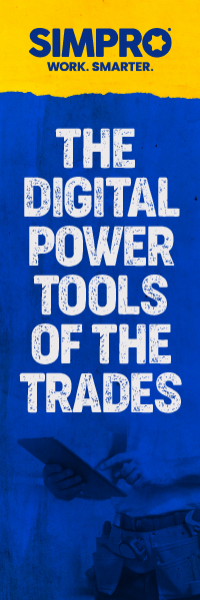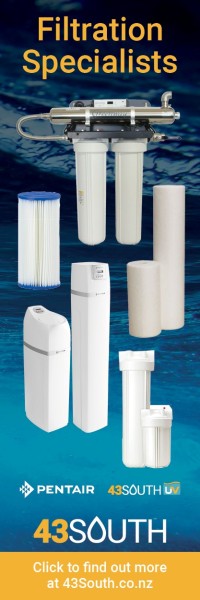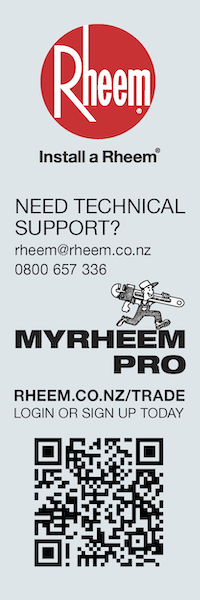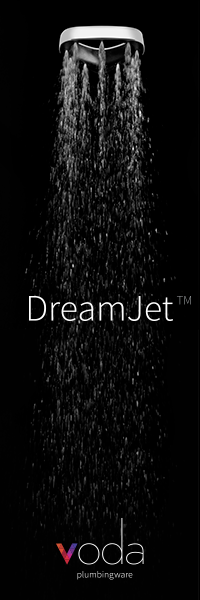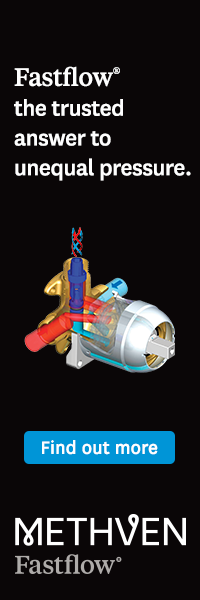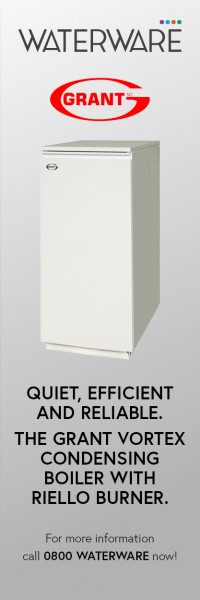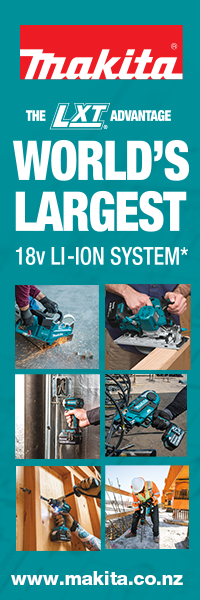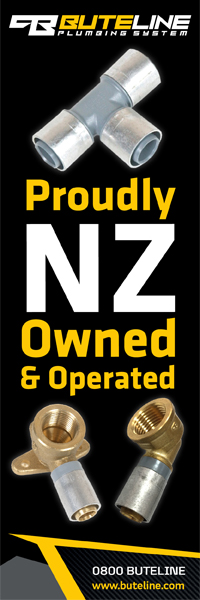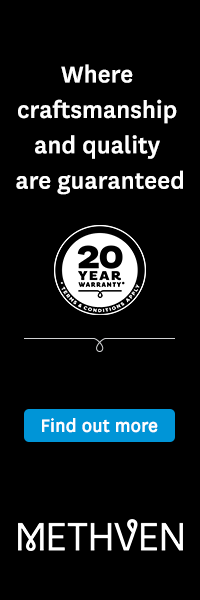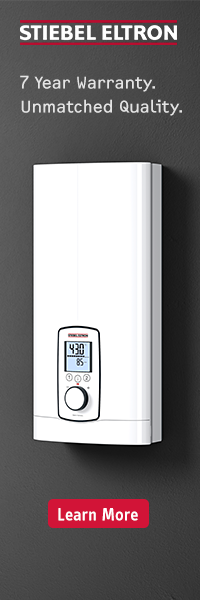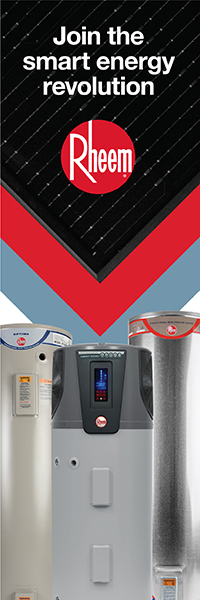Self Certification for Plumbers and Drainlayers
Boost Efficiency
A critical issue for the plumbing industry is long wait times for getting work inspected and consented. Labour shortages and consenting delays mean considerable hold ups for building and construction projects, which contributes to greater cost and inefficiency.
Self-certification is a consenting process. It involves an initial assessment of the work done by the tradesperson completing the work. It usually utilises advanced digital technology to give photographic and video evidence of compliance instead of the slow and cumbersome in-person inspections currently required by council inspectors.
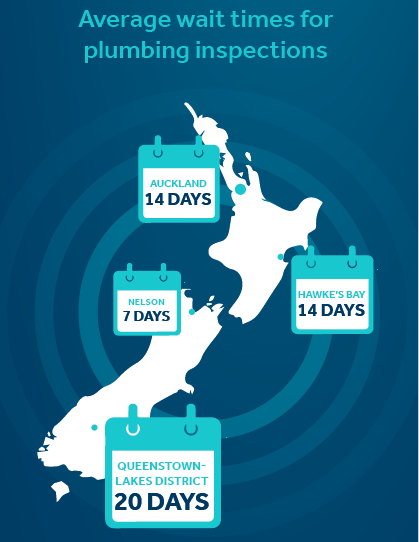
Electricians and gasfitters (who are generally also plumbers), are able to self-certify their work. Since the inception of this regime over a decade ago, there have been minimal problems and it has ensured efficient consenting of work.
In Australia, plumbers are able to self-certify their work. However, there is no such regime in New Zealand for the plumbing and drainlaying trades.
Consent Delays and Costs
The requirement to obtain a building consent for a significant range of plumbing and drainlaying work creates application and processing costs. On new builds, plumbing works are inspected at least 4 times by council inspectors. Lengthy inspection wait times add enormously to construction costs.
Delays in code compliance certification of plumbing and drainlaying work is now the norm, due to staff and resource shortages within most of the building consent authorities. For example, in 2023 in the Queenstown-Lakes District, plumbers and drainlayers reported an average 20-day wait for inspections, significantly holding up building projects. Slow inspection and consenting are also holding up building projects in Auckland, Waikato and Bay of Plenty.
Lack of knowledge by inspectors
The technical knowledge and qualifications of building inspectors – the people being relied on to certify plumbing and drainlaying – is nationally inconsistent. Many inspectors have had limited training – 5 days in plumbing and drainlaying matters – and no actual plumbing or drainlaying experience. This compares to the 7 years needed to obtain the qualification of a Certifying Plumber and 2 years for a Certifying Drainlayer.
Nationwide shortage of inspectors
Because there is a scarcity of inspectors, many councils forego any inspection and require the plumber to complete a PS3 or PS4 form. These forms have no statutory basis, are unlikely to absolve councils of liability, and may not meet the insurance requirements for plumbers and drainlayers. The reliance that councils place on these forms to avoid or limit their liability may be illusory.
False assurance to consumers
The building consent requirement creates a false impression of a safe installation for consumers. Many building consents have no inspections and no oversight. For example, in Auckland less than half of consented work receives an inspection.
Inconsistent requirements
There is a lack of consistency between councils, which creates complexity and costs for plumbers and drainlayers working across different districts and cities, and differing standards.
Building System Legislation Reform
Significant changes are being proposed for New Zealand’s building system legislation. These include proposals affecting building product certification, occupational regulation, the building consent system and building levy.
Master Plumbers welcomes changes to the building consent system and occupational regulation as a means to improve industry productivity. Rather than reduce the building levy, as proposed, we believe the surplus funds could be better used on funding Standards development and reviews. We support a funded model for the development of joint New Zealand and Australian plumbing, gasfitting and drainlaying Standards.
|

 Our Action Plan
Our Action Plan